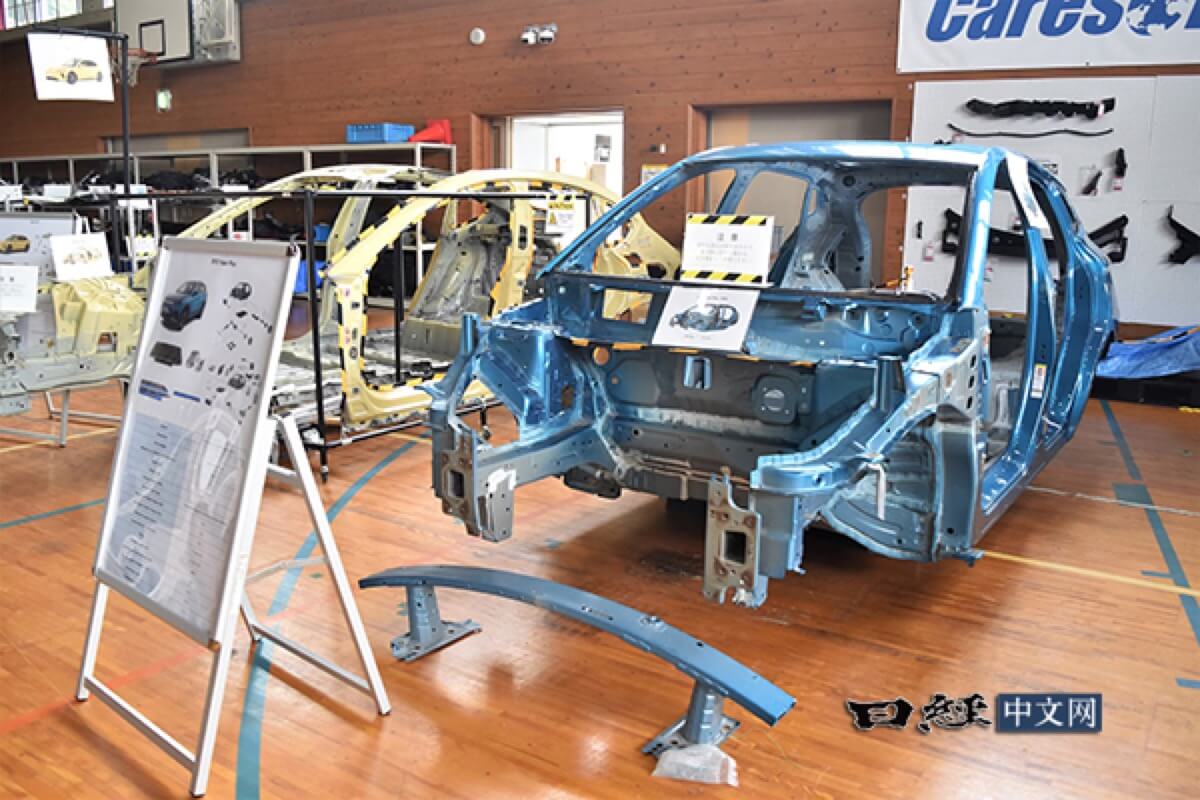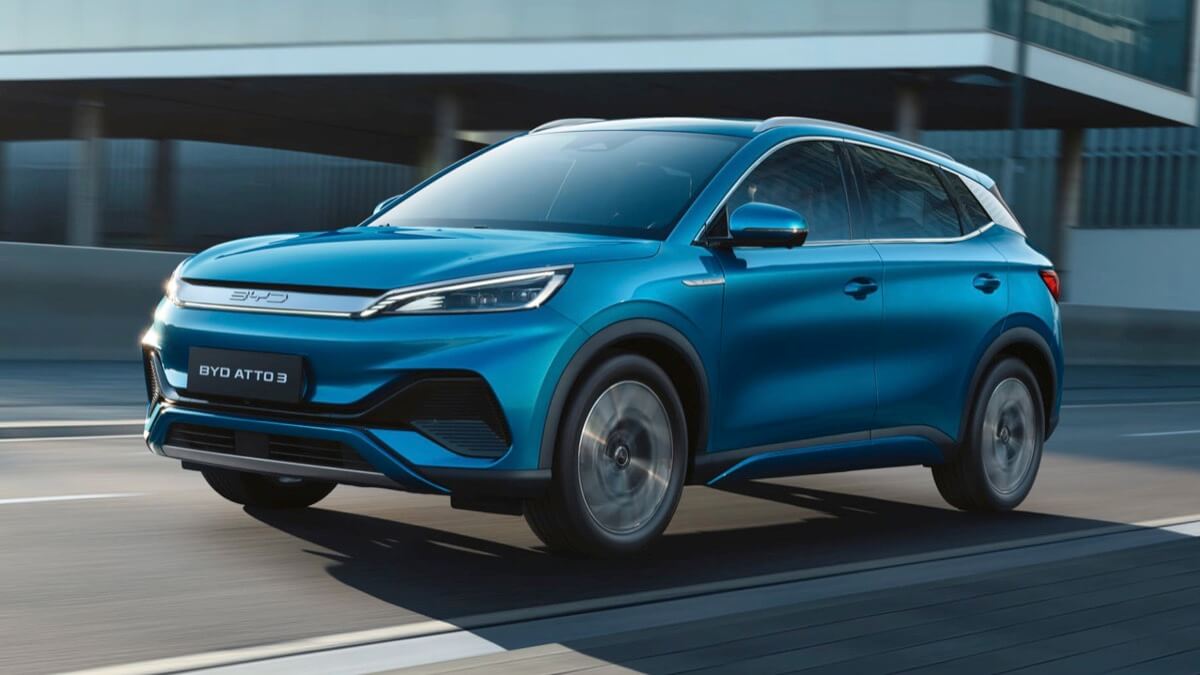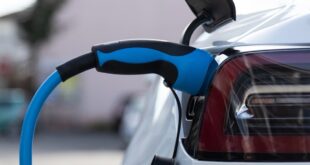With a $20,000 electric SUV, China’s EV maker BYD is raising eyebrows—and the stakes—for Japan’s auto industry.
China’s BYD is shaking up the EV world, and Japan is taking notice. During a recent teardown of BYD’s Atto 3 SUV, Japanese automakers were left scratching their heads, wondering how BYD could produce an electric vehicle (EV) at such an affordable price. The Atto 3, which costs just under $20,000 in China, has sparked curiosity across the industry, especially as Japan once led the EV race and now finds itself trying to catch up.
The Atto 3’s design and production efficiency stood out as highlights in a seminar organized by Japan’s Central Economic and Trade Bureau. With Japanese automakers attending to learn from global competitors, the seminar showed just how advanced Chinese EV production has become. BYD’s cost-cutting secrets lie in its innovative “E-Axle” system—a highly integrated drive unit that combines eight different components, including the motor, inverter, transmission, and battery monitoring system. This all-in-one approach significantly lowers costs, making the Atto 3 one of the most affordable EVs on the market without sacrificing performance. The SUV even features options for a bigger battery, upping the range from 267 miles to 317 miles for only $1,400 more.
BYD’s background in battery production gives it a unique edge in the EV world. Originally a battery company, BYD now controls about 16.4% of the global EV battery market, second only to China’s CATL. With batteries accounting for a major chunk of an EV’s total cost, BYD’s in-house production capabilities and cost-effective integration strategies are proving to be game-changers. Most of the Atto 3’s parts, from its drivetrain to electronics, are made in-house. In contrast, many of BYD’s competitors, including legacy automakers, rely on external suppliers for components, which adds to their production costs.

Not surprisingly, BYD’s affordability and advanced integration techniques have allowed it to expand rapidly. The Atto 3 was launched in Japan earlier this year, with BYD now offering models like the Dolphin and Seal in Japan as well. These models are priced well below Japanese EVs like the Toyota Prius or Nissan Leaf, putting pressure on Japan’s major carmakers to keep up.
Kenichi Ito of Sanyo Trading, one of the seminar’s organizers, remarked on the different approach of Chinese manufacturers: “Chinese manufacturers attach great importance to low-cost production.” According to Ito, BYD’s quality standards may differ from Japanese norms, yet the carmaker has seen tremendous success in both China and Europe, with the Atto 3 selling over 300,000 units in its first year of production. BYD’s Atto 3 even became Japan’s top-selling imported EV by August of this year, showing that lower costs don’t necessarily mean lower appeal.
The trend of integrating multiple parts into a single unit isn’t unique to BYD. Tesla, another industry leader, employs similar strategies in models like the Model Y, which uses large casting pieces to simplify production. Tesla’s approach, however, has recently shifted toward self-driving tech, while BYD continues to prioritize efficient, affordable car production to compete globally.

Japan’s automotive industry, once the leader in EV development, now faces stiff competition from China’s rapid growth in the sector. Japanese automakers like Toyota and Nissan have lagged behind in the shift to all-electric models, despite their hybrid successes. BYD’s affordable, advanced EVs are making a significant impact as they expand into overseas markets, capturing the attention—and perhaps concern—of global automakers. With BYD poised to keep driving forward, competitors may need to accelerate their own plans if they hope to keep up.








